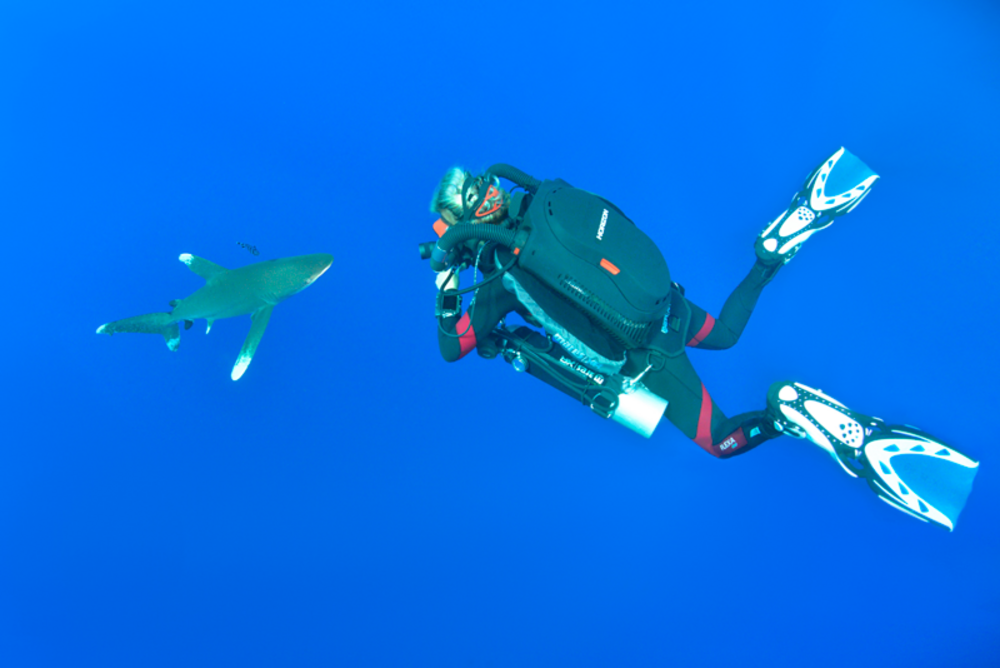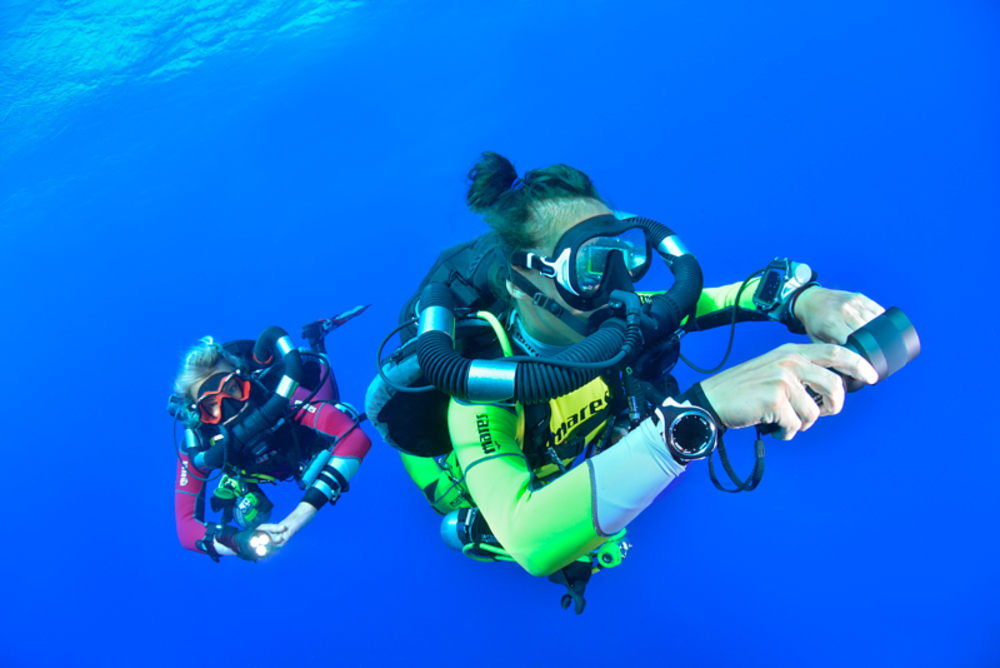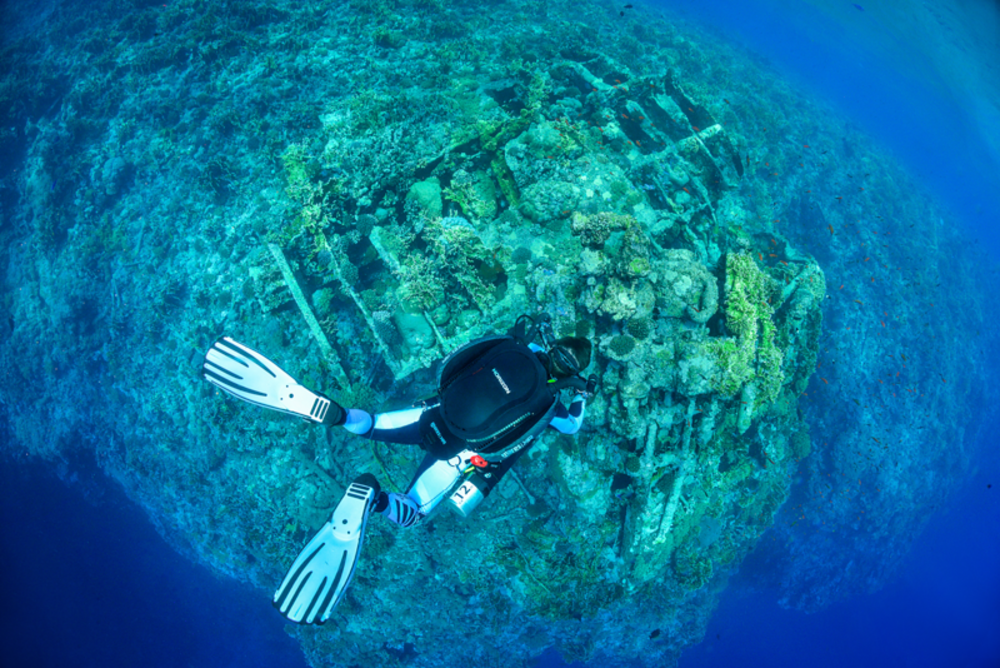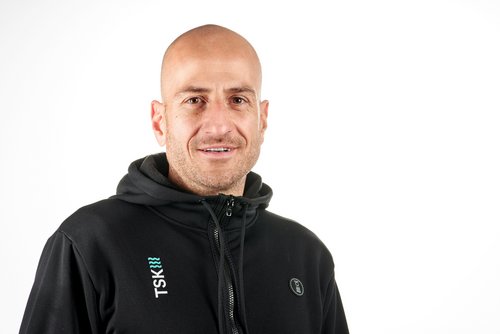Mares Horizon Semi Closed Rebreather (SCR)
As of April 4, 2022, TSK will be able to offer training for the Mares Horizon SCR Diver
Semi-closed rebreathers
Compared to a closed-circuit device, this type of device releases a certain amount of breathing gas through a pressure relief valve. Nevertheless, there are virtually no bubbles and no noise, as we know from conventional regulators. The silence, the complete absence of bubbles in the field of vision, as well as the pleasantly humid, warm inhalation air is something you don't want to miss.
A semi-closed loop device is characterized by extracting CO2 from exhaled breathing air (extraction), injecting needed oxygen (addition), storing the processed breathing gas in the counter lung (storage), and having a breathing loop - commonly called a "loop" - to flow the gas (circulation). The first commercial semi-closed rebreather for recreational divers was the Dräger Dolphin/Atlantis (1995).
A device popular for long cave explorations is the passive RB80 (1996) from Halcyon. Passive SCRs do not rely on electronics. In theory, they are among the most fail-safe devices.
As an electronic SCR, the Hollis Explorer (2013) promised to make semi-closed circuit rebreather diving accessible to a wider audience. However, for a variety of reasons, the breakthrough did not materialize.
Mares bought the well-known manufacturer rEvo. Based on existing plans from rEvo, Mares built the Horizon SCR. This became available in Europe with CE certification in 2020 and is the most advanced semi-closed circuit device on the market. It is a so-called hybrid SCR. This means that it has both a constant gas flow and an electronic inlet valve that injects gas on demand. This makes the Mares Horizon an extremely safe and reliable diving device.
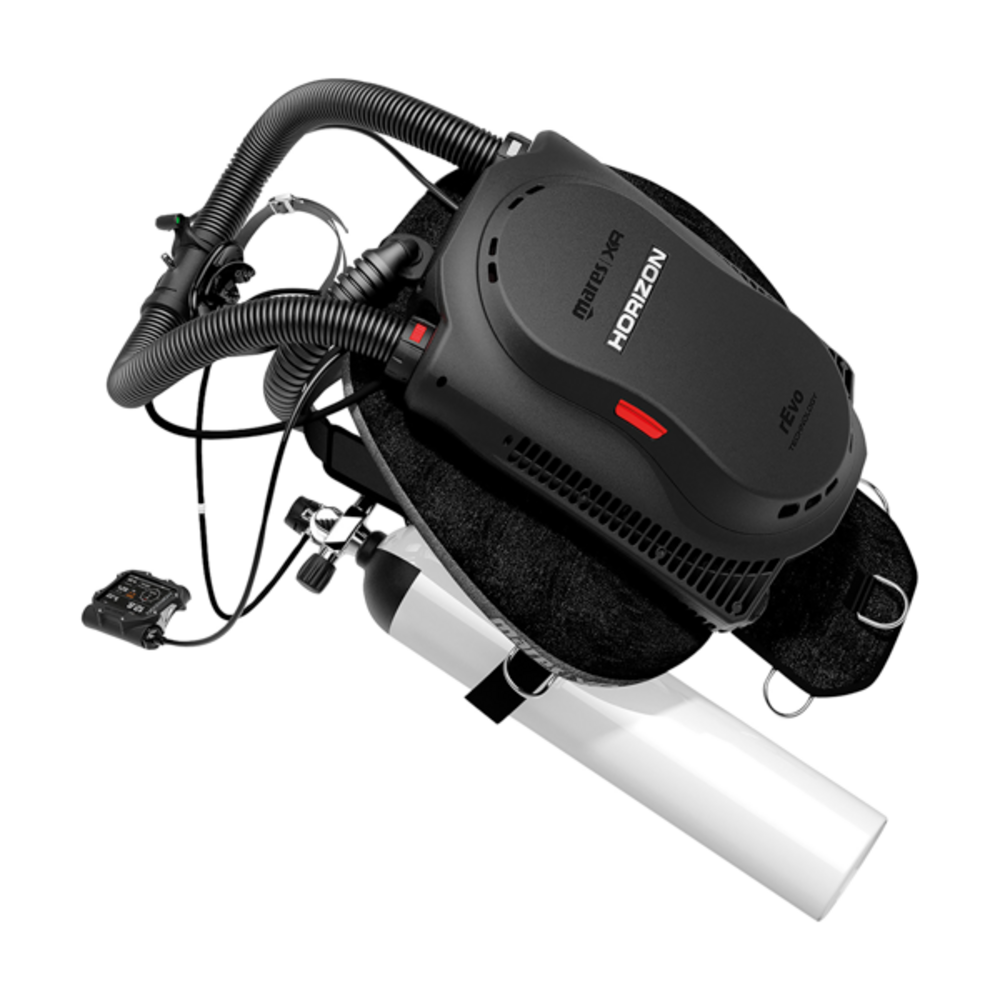
Advantages of the Mares Horizon
Thanks to the technology of an SCR, the diving time can be extended by about three to eight times compared to the open system with the same tank size.
The device combines many advantages:
- Extremely light: With a weight of only 14 kg, including two stagnation controllers, the Horizon can easily be taken on vacation in the plane. And yes, it is also robust enough that it can easily cope with that.
- Enormously safe: Our standard phrase is "you can't kill yourself with the Horizon". What sounds a bit martial is supposed to mean: The concept of the Horizon eliminates many (human) error sources of conventional SCR and is just as safe as conventional open circuit diving.
- Very simple: Learning to dive with the Horizon and using the unit is very easy. The Extended Range course lasts five days. After that, dives to 40m and with up to 25 minutes of deco are possible. The preparation of the unit takes a maximum of ten minutes with a little practice. During the dive all relevant information is visible on the Dive Controller and the Head-up Display. Manual adjustments or interventions are not necessary, you can simply enjoy the dive.
- Cost-effective: The cost of the Horizon is not significantly higher than an equivalent open-circuit configuration.
- Worldwide diveable: The Horizon can be used in warm water as well as in our local waters without any problems. The required Nitrox is now available at virtually every dive center and safari vessel. The scrubber can usually also be pre-ordered directly from the base or ship. Since standard tanks can be used, there are no restrictions here.
- Also for people with little experience: Prerequisite for the "Extended Range" course is the Deep Diver, Nitrox Diver, 24 logged dives and a minimum age of 18 years.
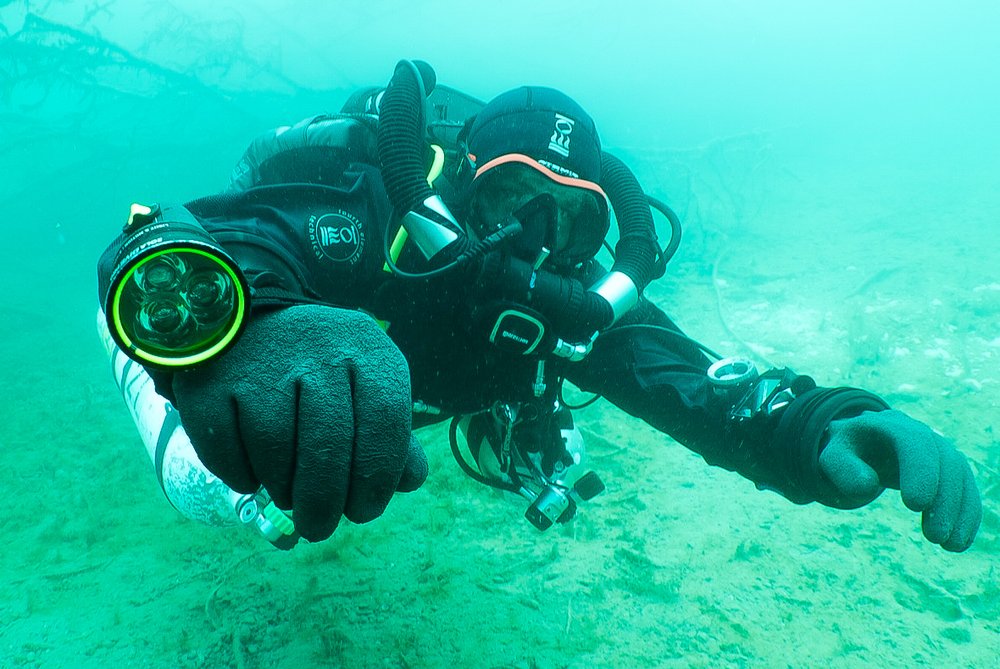
Who is the Mares Horizon suitable for?
The Horizon is basically suitable for all divers. After all, who does not want a closer interaction with the underwater world? Animals that do not feel disturbed come closer and completely new experiences arise. More specifically, the device is suitable for photographers, videographers and naturalists. Even more impressive shots and even closer observations are possible.
If you need considerably more breathing gas than your buddy, you can now easily dive the same length with the Horizon. When both buddies are equipped with a Horizon, nothing stands in the way of dives of up to three hours along beguiling reefs.
Last but not least, the Horizon appeals to tech-savvy people. The interaction of modern technology with the exciting physics and physiology inspire. With the "Extended Range" course, dives with up to 25 minutes of deco are possible. The depth limit of the Mares SCR is 40 meters.
If you are interested in technical diving without attaching importance to the greatest possible depth, the Horizon is just right for you. Self-Reliant-Diver will have their joy. The system can be dived redundantly. Thanks to the possibility of using two stages, two (depending on the view three) independent breathing gas sources are available for use.
Where can the Horizon be used?
Whether in the cold Lake Lucerne or in the tropical waters of the Maldives. There is no reason not to dive with the Mares SCR. The device has also been used for cave diving. Diving directly from the ship or from small Zodiacs is just as easy. We have spent countless hours underwater with the Horizon in Egypt, Maldives, Mexico and of course in Switzerland.
What is part of the course?
The "Extended Range" course lasts five days. The exact content and schedule is to be found here on our course page. TSK also offers trial diving in the lake. All info about trial diving are to be found here.
